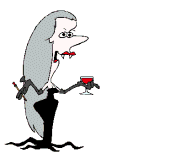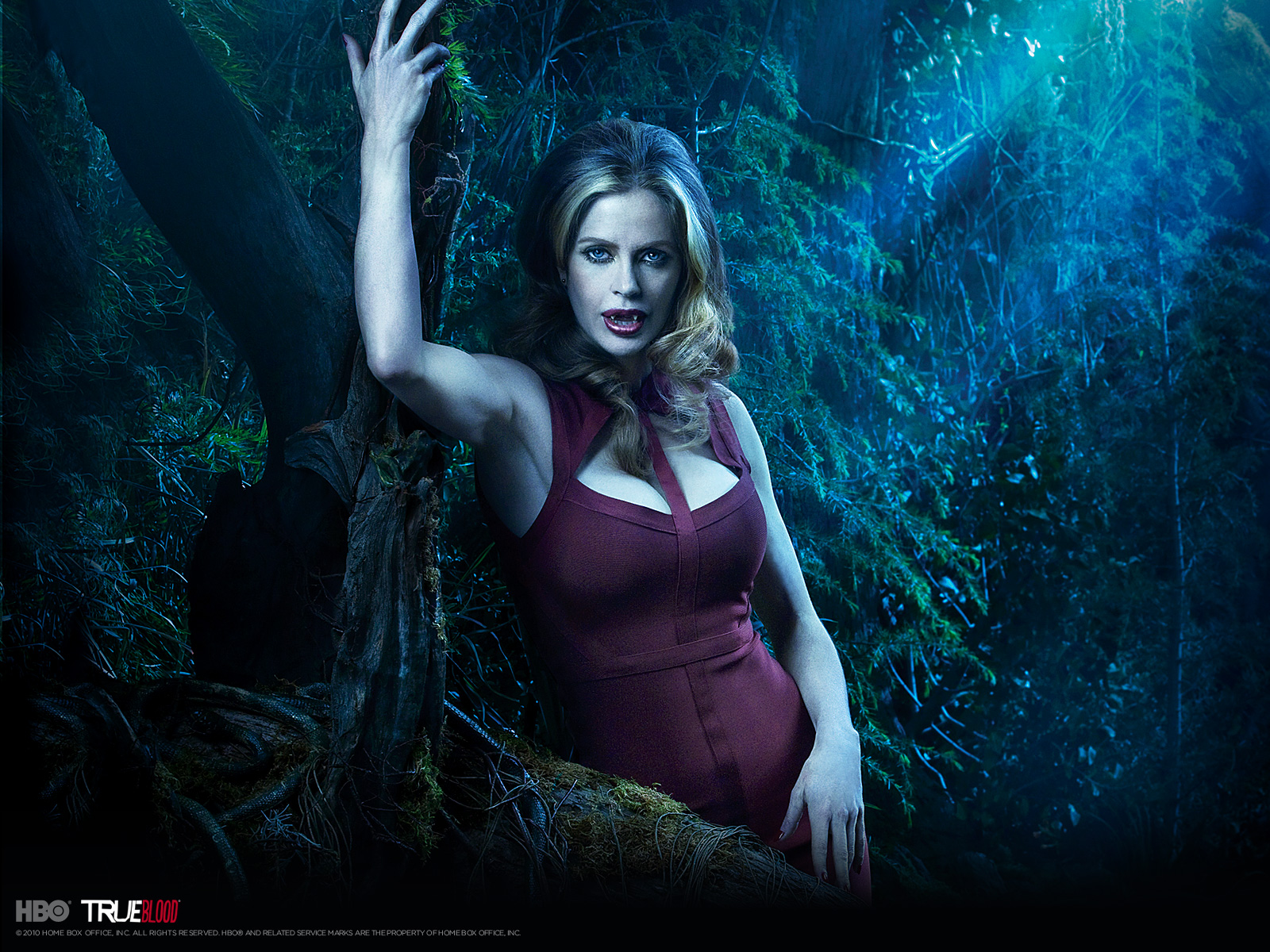Karliene - Love Song For A Vampire ( Be Mine Forever )
Come into these arms again
And lay your body down
The rhythm of this trembling heart
Is beating like a drum

It beats for you - It bleeds for you
It knows not how it sounds
For it is the drum of drums
It is the song of songs...

Once I had the rarest rose
That ever deigned to bloom.
Cruel winter chilled the bud
And stole my flower too soon.

Oh loneliness - oh hopelessness
To search the ends of time

For there is in all the world
No greater love than mine.

And lay your body down
The rhythm of this trembling heart
Is beating like a drum

It beats for you - It bleeds for you
It knows not how it sounds
For it is the drum of drums
It is the song of songs...

Once I had the rarest rose
That ever deigned to bloom.
Cruel winter chilled the bud
And stole my flower too soon.

Oh loneliness - oh hopelessness
To search the ends of time

For there is in all the world
No greater love than mine.

Love,
Still falls falls the rain
Love,
Still falls the night

Be mine forever
Be mine forever
Be mine forever

Be mine forever
Be mine forever
Be mine forever.
Be mine forever
Be mine forever
Be mine forever...
Let me be the only one
To keep you from the cold
Now the floor of heaven's lain
With stars of brightest gold
They shine for you - they shine for you
They burn for all to see
Come into these arms again
And set this spirit free
Love,
still falls the rain
Love,
still falls the night

Be mine forever
Be mine forever
Be mine forever
Still falls falls the rain
Love,
Still falls the night

Be mine forever
Be mine forever
Be mine forever

Be mine forever
Be mine forever
Be mine forever.
Be mine forever
Be mine forever
Be mine forever...
Let me be the only one
To keep you from the cold
Now the floor of heaven's lain
With stars of brightest gold
They shine for you - they shine for you
They burn for all to see
Come into these arms again
And set this spirit free
Love,
still falls the rain
Love,
still falls the night

Be mine forever
Be mine forever
Be mine forever
 although after the first invitation they can come and go as they please.
although after the first invitation they can come and go as they please. 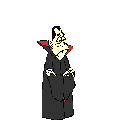 Though folkloric vampires were believed to be more active at night, they were not generally considered vulnerable to sunlight.
Though folkloric vampires were believed to be more active at night, they were not generally considered vulnerable to sunlight.

The Oxford English Dictionary dates the first appearance of the word vampire
 in English from 1734, in a travelogue titled Travels of Three English Gentlemen published in the Harleian Miscellany in 1745.
in English from 1734, in a travelogue titled Travels of Three English Gentlemen published in the Harleian Miscellany in 1745.Vampires
 had already been discussed in German literature. After Austria gained control of northern Serbia and Oltenia in 1718, officials noted the local practice of exhuming bodies and "killing vampires". These reports, prepared between 1725 and 1732, received widespread publicity. The English term was derived (possibly via French vampyre) from the German Vampir, in turn derived in the early 18th century from the Serbian вампир/vampir
had already been discussed in German literature. After Austria gained control of northern Serbia and Oltenia in 1718, officials noted the local practice of exhuming bodies and "killing vampires". These reports, prepared between 1725 and 1732, received widespread publicity. The English term was derived (possibly via French vampyre) from the German Vampir, in turn derived in the early 18th century from the Serbian вампир/vampir
Vampire In Europe (Kegan Paul Library of Arcana)
when Arnold Paole, a purported vampire in Serbia was described during the time Serbia was incorporated into the Austrian Empire. The first recorded use of the Old Russian form Упирь (Upir') is commonly believed to be in a document dated 6555 (1047 AD). It is a colophon in a manuscript of the Book of Psalms written by a priest who transcribed the book from Glagolitic into Cyrillic for the Novgorodian Prince Vladimir Yaroslavovich. The priest writes that his name is "Upir' Likhyi " (Упирь Лихый), which means something like "Wicked Vampire" or "Foul Vampire". This apparently strange name has been cited as an example both of surviving paganism and of the use of nicknames as personal names. Another early use of the Old Russian word is in the anti-pagan treatise "Word of Saint Grigoriy", dated variously to the 11th–13th centuries, where pagan worship of upyri is reported.Many elaborate rituals were used to identify a vampire.
This apparently strange name has been cited as an example both of surviving paganism and of the use of nicknames as personal names. Another early use of the Old Russian word is in the anti-pagan treatise "Word of Saint Grigoriy", dated variously to the 11th–13th centuries, where pagan worship of upyri is reported.Many elaborate rituals were used to identify a vampire. One method of finding a vampire's grave involved leading a virgin boy through a graveyard or church grounds on a virgin stallion—the horse would supposedly balk at the grave in question. Generally a black horse was required, though in Albania it should be white. Holes appearing in the earth over a grave were taken as a sign of vampirism. Corpses thought to be vampires
One method of finding a vampire's grave involved leading a virgin boy through a graveyard or church grounds on a virgin stallion—the horse would supposedly balk at the grave in question. Generally a black horse was required, though in Albania it should be white. Holes appearing in the earth over a grave were taken as a sign of vampirism. Corpses thought to be vampires  were generally described as having a healthier appearance than expected, plump and showing little or no signs of decomposition. In some cases, when suspected graves were opened, villagers even described the corpse as having fresh blood from a victim all over its face. Evidence that a vampire was active in a given locality included death of cattle, sheep, relatives or neighbours. Folkloric
were generally described as having a healthier appearance than expected, plump and showing little or no signs of decomposition. In some cases, when suspected graves were opened, villagers even described the corpse as having fresh blood from a victim all over its face. Evidence that a vampire was active in a given locality included death of cattle, sheep, relatives or neighbours. Folkloric vampires could also make their presence felt by engaging in minor poltergeist-like activity, such as hurling stones on roofs or moving household objects, and pressing on people in their sleep.
vampires could also make their presence felt by engaging in minor poltergeist-like activity, such as hurling stones on roofs or moving household objects, and pressing on people in their sleep.The notion of vampirism has existed for millennia; cultures such as the Mesopotamians, Hebrews, Ancient Greeks, and Romans had tales of demons and spirits which are considered precursors to modern vampires.
 However, despite the occurrence of vampire-like creatures in these ancient civilizations, the folklore for the entity we know today as the vampire originates almost exclusively from early 18th century South-eastern Europe, when oral traditions of many ethnic groups of the region were recorded and published. In most cases, vampires are revenants of evil beings, suicide victims, or witches, but they can also be created by a malevolent spirit possessing a corpse or by being bitten by a vampire.
However, despite the occurrence of vampire-like creatures in these ancient civilizations, the folklore for the entity we know today as the vampire originates almost exclusively from early 18th century South-eastern Europe, when oral traditions of many ethnic groups of the region were recorded and published. In most cases, vampires are revenants of evil beings, suicide victims, or witches, but they can also be created by a malevolent spirit possessing a corpse or by being bitten by a vampire. Belief in such legends became so pervasive that in some areas it caused mass hysteria and even public executions of people believed to be vampires. Methods of destroying suspected vampires varied, with staking the most commonly cited method, particularly in southern Slavic cultures. Ash was the preferred wood in Russia and the Baltic states, or hawthorn in Serbia,with a record of oak in Silesia, Potential vampires were most often staked though the heart, though the mouth was targeted in Russia and northern Germany and the stomach in north-eastern Serbia,Piercing the skin of the chest was a way of "deflating" the bloated vampire; this is similar to the act of burying sharp objects, such as sickles, in with the corpse, so that they may penetrate the skin if the body bloats sufficiently while transforming into a revenant. Decapitation was the preferred method in German and western Slavic areas, with the head buried between the feet, behind the buttocks or away from the body. This act was seen as a way of hastening the departure of the soul, which in some cultures, was said to linger in the corpse. The vampire's head, body, or clothes could also be spiked and pinned to the earth to prevent rising. Gypsies drove steel or iron needles into a corpse's heart and placed bits of steel in the mouth, over the eyes, ears and between the fingers at the time of burial. They also placed hawthorn in the corpse's sock or drove a hawthorn stake through the legs. In a 16th-century burial near Venice, a brick forced into the mouth of a female corpse has been interpreted as a vampire-slaying ritual by the archaeologists who discovered it in 2006.
Belief in such legends became so pervasive that in some areas it caused mass hysteria and even public executions of people believed to be vampires. Methods of destroying suspected vampires varied, with staking the most commonly cited method, particularly in southern Slavic cultures. Ash was the preferred wood in Russia and the Baltic states, or hawthorn in Serbia,with a record of oak in Silesia, Potential vampires were most often staked though the heart, though the mouth was targeted in Russia and northern Germany and the stomach in north-eastern Serbia,Piercing the skin of the chest was a way of "deflating" the bloated vampire; this is similar to the act of burying sharp objects, such as sickles, in with the corpse, so that they may penetrate the skin if the body bloats sufficiently while transforming into a revenant. Decapitation was the preferred method in German and western Slavic areas, with the head buried between the feet, behind the buttocks or away from the body. This act was seen as a way of hastening the departure of the soul, which in some cultures, was said to linger in the corpse. The vampire's head, body, or clothes could also be spiked and pinned to the earth to prevent rising. Gypsies drove steel or iron needles into a corpse's heart and placed bits of steel in the mouth, over the eyes, ears and between the fingers at the time of burial. They also placed hawthorn in the corpse's sock or drove a hawthorn stake through the legs. In a 16th-century burial near Venice, a brick forced into the mouth of a female corpse has been interpreted as a vampire-slaying ritual by the archaeologists who discovered it in 2006.
It is difficult to make a single, definitive description of the folkloric vampire, though there are several elements common to many European legends.

Vampires were usually reported as bloated in appearance, and ruddy, purplish, or dark in colour; these characteristics were often attributed to the recent drinking of blood. Indeed, blood was often seen seeping from the mouth and nose when one was seen in its shroud or coffin and its left eye was often open. It would be clad in the linen shroud it was buried in, and its teeth, hair, and nails may have grown somewhat, though in general fangs were not a feature.
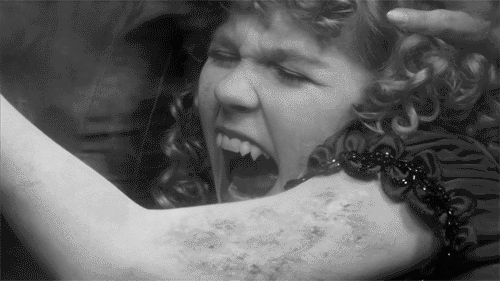


 In Slavic and Chinese traditions, any corpse which was jumped over by an animal, This method resembles the Ancient Greek practice of placing an obolus in the corpse's mouth to pay the toll to cross the River Styx in the underworld; it has been argued that instead, the coin was intended to ward off any evil spirits from entering the body, and this may have influenced later vampire folklore.
In Slavic and Chinese traditions, any corpse which was jumped over by an animal, This method resembles the Ancient Greek practice of placing an obolus in the corpse's mouth to pay the toll to cross the River Styx in the underworld; it has been argued that instead, the coin was intended to ward off any evil spirits from entering the body, and this may have influenced later vampire folklore.  particularly a dog or a cat, was feared to become one of the undead. A body with a wound which had not been treated with boiling water was also at risk.
particularly a dog or a cat, was feared to become one of the undead. A body with a wound which had not been treated with boiling water was also at risk. In Russian folklore, vampires were said to have once been witches or people who had rebelled against the Church while they were alive. Cultural practices often arose that were intended to prevent a recently deceased loved one from turning into an undead revenant. Burying a corpse upside-down was widespread, as was placing earthly objects, such as scythes or sickles, near the grave to satisfy any demons entering the body or to appease the dead so that it would not wish to arise from its coffin.
In Russian folklore, vampires were said to have once been witches or people who had rebelled against the Church while they were alive. Cultural practices often arose that were intended to prevent a recently deceased loved one from turning into an undead revenant. Burying a corpse upside-down was widespread, as was placing earthly objects, such as scythes or sickles, near the grave to satisfy any demons entering the body or to appease the dead so that it would not wish to arise from its coffin. 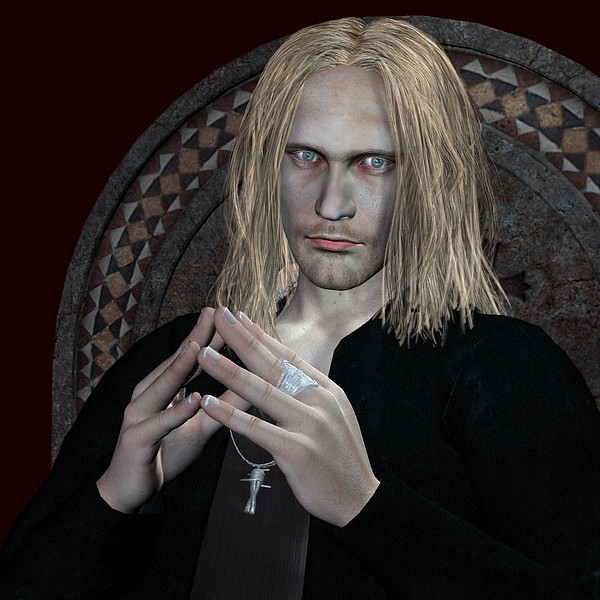

 Other methods commonly practised in Europe This tradition persisted in modern Greek folklore about the vrykolakas, in which a wax cross and piece of pottery with the inscription "Jesus Christ conquers" were placed on the corpse to prevent the body from becoming a vampire.
Other methods commonly practised in Europe This tradition persisted in modern Greek folklore about the vrykolakas, in which a wax cross and piece of pottery with the inscription "Jesus Christ conquers" were placed on the corpse to prevent the body from becoming a vampire. included severing the tendons at the knees or placing poppy seeds, millet, or sand on the ground at the grave site of a presumed vampire;
 Similar Chinese narratives state that if a vampire-like being came across a sack of rice, it would have to count every grain; this is a theme encountered in myths from the Indian subcontinent as well as in South American tales of witches and other sorts of evil or mischievous spirits or beings.
Similar Chinese narratives state that if a vampire-like being came across a sack of rice, it would have to count every grain; this is a theme encountered in myths from the Indian subcontinent as well as in South American tales of witches and other sorts of evil or mischievous spirits or beings.
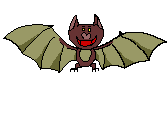 this was intended to keep the vampire occupied all night by counting the fallen grains.
this was intended to keep the vampire occupied all night by counting the fallen grains. Apotropaics—mundane or sacred items able to ward off revenants—
Apotropaics—mundane or sacred items able to ward off revenants—such as garlic or holy water are common in vampire folklore. The items vary from region to region; a branch of wild rose and hawthorn plant are said to harm vampires;
 in Europe, sprinkling mustard seeds on the roof of a house was said to keep them away.
in Europe, sprinkling mustard seeds on the roof of a house was said to keep them away.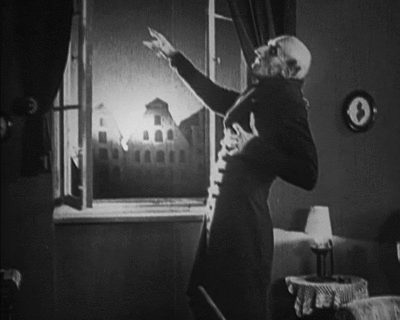 Other apotropaics include sacred items, for example a crucifix, rosary, or holy water.
Other apotropaics include sacred items, for example a crucifix, rosary, or holy water. Vampires are said to be unable to walk on consecrated ground, such as those of churches or temples, or cross running water.
Vampires are said to be unable to walk on consecrated ground, such as those of churches or temples, or cross running water. Although not traditionally regarded as an apotropaic, mirrors have been used to ward off vampires when placed facing outwards on a door
Although not traditionally regarded as an apotropaic, mirrors have been used to ward off vampires when placed facing outwards on a door  (in some cultures, vampires do not have a reflection and sometimes do not cast a shadow, perhaps as a manifestation of the vampire's lack of a soul).
(in some cultures, vampires do not have a reflection and sometimes do not cast a shadow, perhaps as a manifestation of the vampire's lack of a soul).
This attribute, although not universal (the Greek vrykolakas/tympanios was capable of both reflection and shadow), was used by Bram Stoker in Dracula and has remained popular with subsequent authors and filmmakers.
 Some traditions also hold that a vampire cannot enter a house unless invited by the owner,
Some traditions also hold that a vampire cannot enter a house unless invited by the owner,
